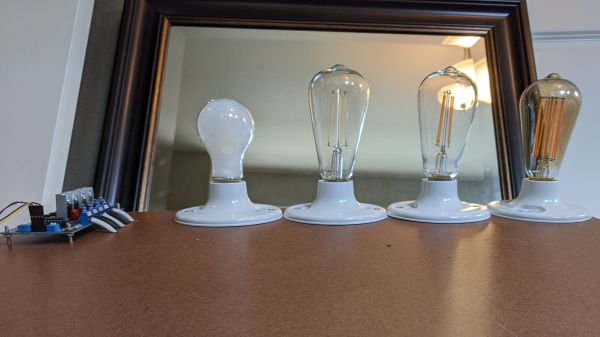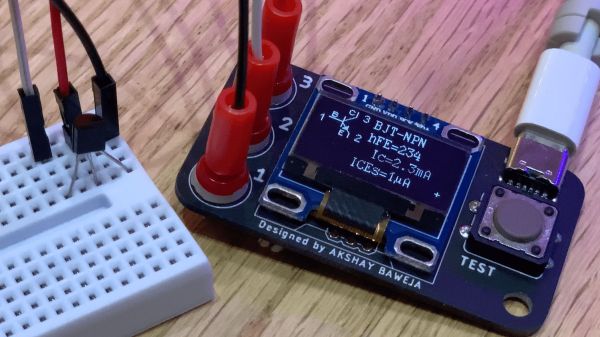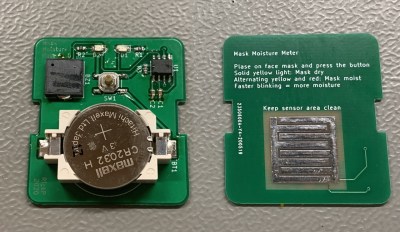We consider ourselves well-versed when it comes to the technical literature plastered on hardware store parts. Acronyms don’t frighten us, and our Google-fu is strong enough to overcome most mysteries. One bit of dark magic we didn’t understand was the gobbledygook on LED lamps. Wattage is easy and color temperature made sense because it corresponds with warm and cool colors, but Color Rendering Index (CRI) sounds like deep magic. Of course, some folks understand these terms so thoroughly that they can teach the rest of us, like [Jon] and [Kevin], who are building a light controller that corrects inadequacies in cheap lamps by installing several lamps into one unit.
We learned a lot by reading their logs, which are like the Cliff Notes from a lighting engineer’s textbook, but we’ll leave it as an exercise for the students to read through. Their project uses precise light sensors to measure the “flavor” of light coming off cheap lamps so you can mix up a pleasing ratio. In some ways, they are copying the effects of incandescent bulbs, which emit light relatively evenly across the visible light spectrum, right into the infrared. Unfortunately, cheap LEDs have holes in their spectrum coverage, and a Warm White unit has different gaps compared with Daylight, but combining them just right gives a rich output, without breaking the bank.
























